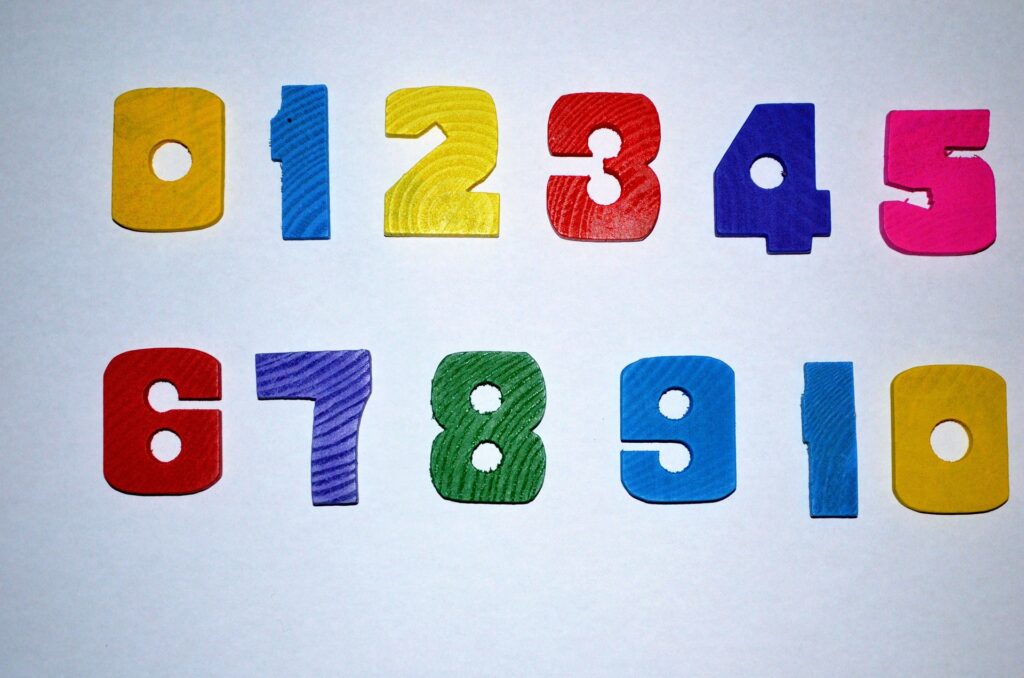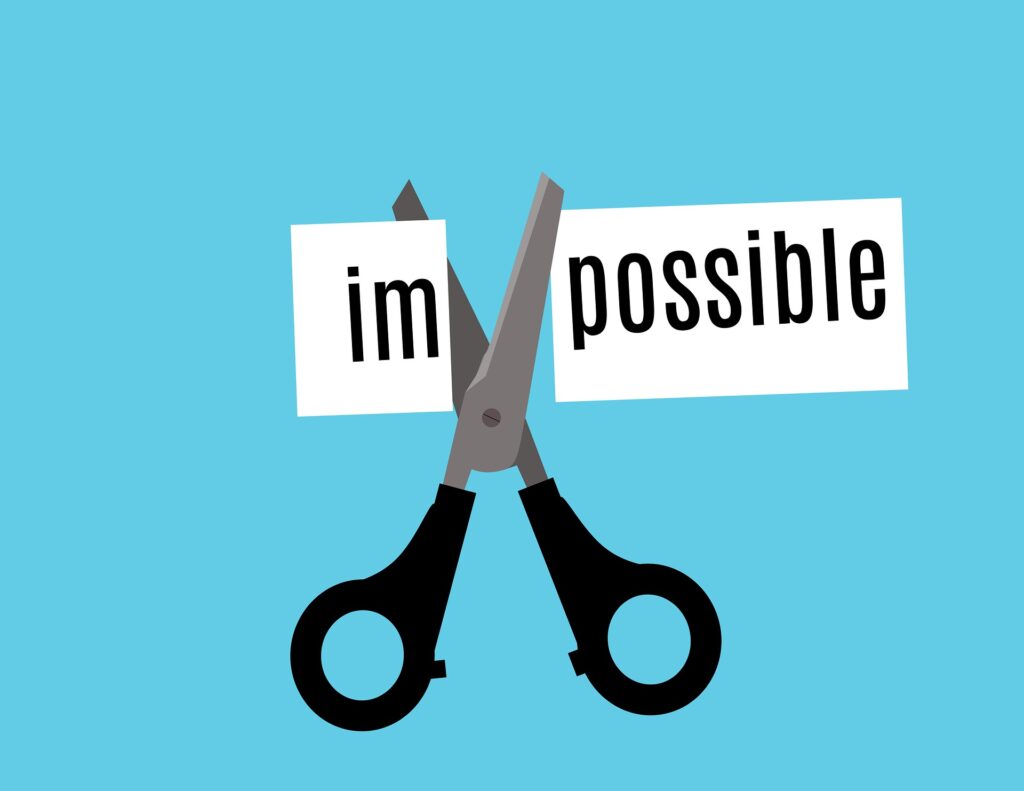
Basic Subtraction Games To Focus On Fluency:
At the beginning of the year I always like to focus on basic fluency facts through games. I do this because it gives me a window into students abilities. I am always observing students behaviour in the first couple of weeks. So while my students are playing games for math, I am walking around, taking notes, looking at problem solving skills and assessing them in my mind based on what I am seeing. This is not necessarily my only assessment but it does give me an idea of where my students are at. This year I took my students back to basics when doing subtraction because I have found that subtraction can be a difficult concept for students. I want them to have the basics and the building blocks first before I move on and challenge them. It is also very interesting to watch your students play math games at the beginning as you see what strategies they have, which ones they need and how they generally react when they are unsure about a concept. You can tell quickly, which ones are anxious about not knowing the answers and which ones are solid in their strategies.

I chose to use the Bump game because it was a game I had already taught before. I used a different version of Bump for addition. I like to use similar games when teaching a new concept because then the students only have to focus on learning and remembering the mathematical concept versus trying to remember both the concept and how to play the game. The saying I always use is that when learning something new, their should only be one new new. This means that either the game is the same and the content is different or the game is different but the content is the same. Too much new, is overwhelming and often results in kids being confused or frustrated.
The games that I used to start, they are from Games for Learning. I printed them in black and white but put the on bright coloured paper. I only taught one game per week so these two games lasted me for two weeks. When playing the Take from 13 Bump game I didn’t use a differentiation and here’s why. Sometimes I find that even when students know how to do something well the practice doesn’t hurt them. I watched my students and just let them use this game to have fun even if they were super solid in the concept. I also took this opportunity to teach these students about empathy, in that if they were working with a student who didn’t have solid skills yet, they would be able to learn from the students who did.
When Introducing A New Concept: Differentiation

Challenge: During the first week of a new concept in that year (the kids may already know it or have seen it before but since they’ve had the summer off, I want to make sure I review the skills so they have the proper understanding), I always start simple as I have previously said. For those kids who need a challenge I challenge them in the second week. To adapt the Take From 13 Bump I had student think of other equations that would result in the answers. For example, instead of 13 – 3 = 10, they had to think of what other equations could equal to 10. Such as this, 20-6=13-3=10. Essentially I had them continue to add addends to make the equation two steps instead of one. With the Robot Bump, to make it more challenging I had the student switch the numbers around. For example, instead of just finding the equation they would answer the question and then switch the number such as 18-6 and then they had to solve 81-6. This just gives them a bit more of a challenge and a second step.

Support / Simplify: In order to support those students who may struggle with this concept I taught them several strategies. These are strategies that they would’ve practice using with addition and ones that I would work on them with when they are doing their math with me. I teach them the strategies of using base-ten blocks, hundreds charts and ten frames. I choose these ones because they are easy to use, the kids can do them independently (after they’re taught) and they are kinesthetic. Anytime I can have students using manipulatives such as base-ten blocks or double-sided counters I will because it provides the physical movement and visual aspects that some kids need. When simplifying, I always think about what strategies I can teach the kids for them to be able to work through these games. If they still need even further assistance I will play the game with them, set them up to play with a partner who can help them or have an EA work with the group.
Leave a Reply